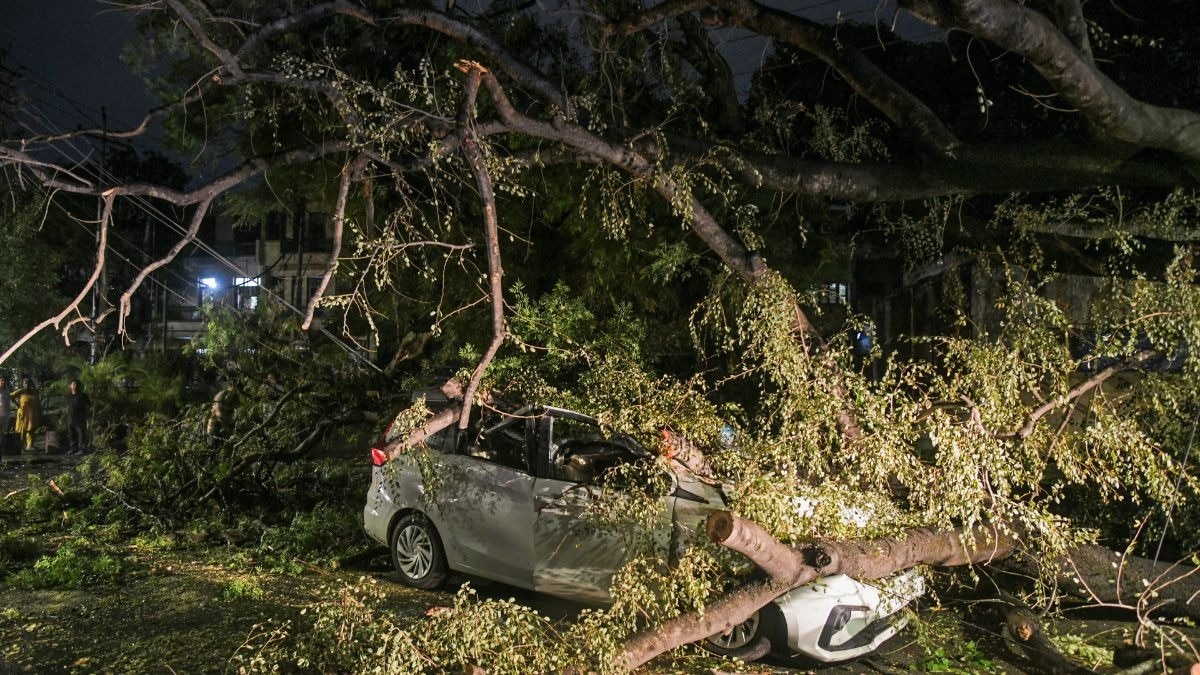A recent spell of gusty winds and dust storms across Delhi-NCR has thrown the spotlight back on India’s growing vulnerability to extreme weather events—and the urgent need for adequate insurance protection. Social media was flooded with visuals of damaged homes, fallen trees, and battered vehicles as residents in Delhi, Noida, Gurugram, and Faridabad faced the brunt of the unexpected storms.
While the dust may have settled, the broader risks remain. With its diverse geography and climatic zones, India continues to be highly susceptible to natural disasters such as floods, cyclones, earthquakes, and droughts. According to the World Bank, annual losses from such events can cost India up to 2% of its GDP, with low insurance penetration making recovery even harder for affected individuals and businesses.
Insurers are now urging people to take disaster preparedness seriously, not just through emergency planning, but also via tailored insurance coverage. “Today, insurers offer customisable products that allow buyers to adjust coverage based on local risks,” said Pankaj Verma, Chief Technical Officer at Zurich Kotak General Insurance. “Whether it’s hilly terrain prone to landslides or flood-prone metros like Mumbai and Chennai, insurance needs vary regionally.”
Home and motor insurance
Standard home insurance policies typically cover damage from high winds, waterlogging, flying debris, or structural impact. Electrical faults, boundary wall collapse, and damage to fixtures are often included. For vehicles, comprehensive motor insurance covers floods, landslides, and tree-fall damage—but additional protection, such as an engine protector, is needed to cover water ingress.
“For homeowners, structural and content add-ons are crucial. Storms can cause cracks, roof collapse, or damage to appliances and furniture. These extensions ensure both the building and its contents are covered,” Verma said. Likewise, in the auto sector, Return to Invoice add-ons help customers recover the full replacement value of a vehicle in total loss scenarios.
Businesses, meanwhile, face a broader set of risks—physical damage, operational downtime, and revenue loss. “Business Interruption Insurance is becoming essential in disaster-prone zones. It ensures companies can survive the financial shock and resume operations smoothly,” Verma noted.
“At Zurich Kotak General Insurance, we consistently observe a surge in claims following extreme weather events—cyclones, floods, or heavy storms. We strive to raise awareness among customers, encouraging them to opt for comprehensive coverage with relevant add-ons to safeguard against such scenarios. The core challenge remains awareness and preparedness, and comprehensive insurance, enhanced with the right add-ons, plays a vital role in strengthening resilience, not just for individuals but for the broader economy,” Verma added.
Key factors to ensure you have the right coverage:
Verify covered perils: Confirm whether floods, earthquakes, cyclones, and landslides are included. Some may need add-ons.
Watch for exclusions: Some policies may exclude ‘acts of God’ unless specified.
Sub-limits: Check for caps on damage to boundary walls, garages, or landscaping.
Accurate sum insured: Your policy should reflect the reconstruction cost—not just the property’s market value.
Balance premium and coverage: Cheapest isn’t always best; understand what you’re sacrificing.
Deductibles: Lower premiums often come with higher out-of-pocket costs during claims.
Claim settlement ratio: Choose insurers known for timely and fair claims processing.
Documentation readiness: Know what evidence (photos, bills, ownership papers) you’ll need.
Claim timelines: Be aware of how quickly you must file a claim post-disaster.
With climate events on the rise, experts stress that a standard policy may no longer suffice. Enhanced insurance products with targeted add-ons are fast becoming essential tools for financial resilience in disaster-prone India.
